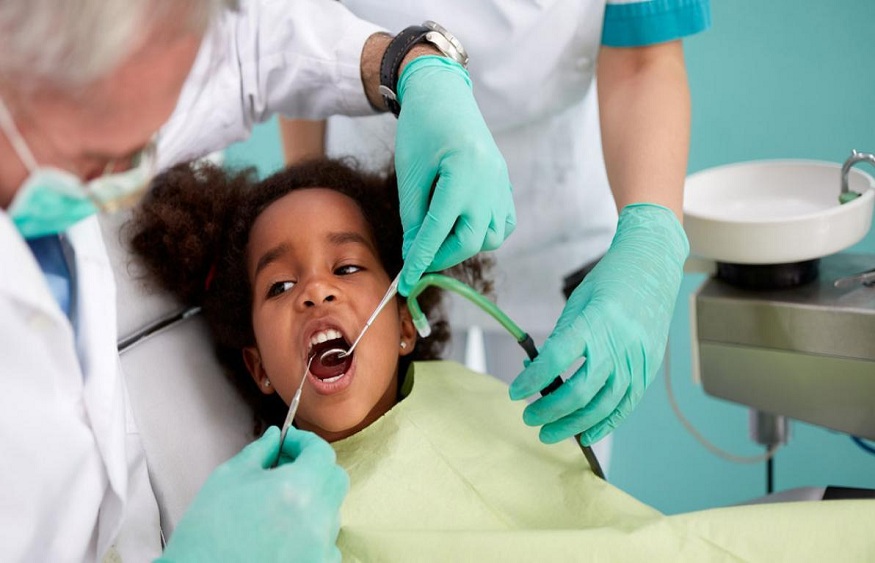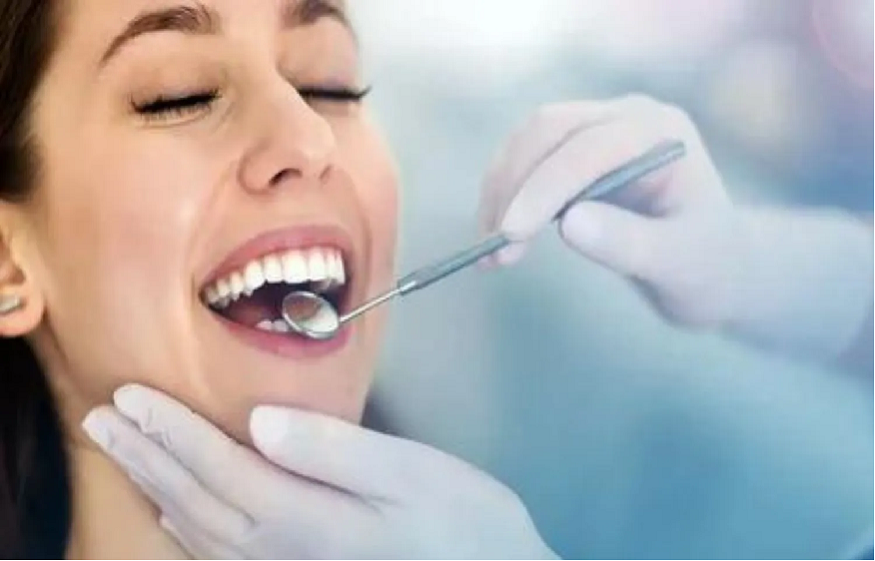The way we ignore different items, including shoes and clothes, when they wear out to replace a toothbrush is quite funny. They, too, have a life cycle and may damage or even stop cleaning your teeth efficiently. According to specialists, it is recommended that you switch your toothbrush often in order to enhance dental hygiene. But how often is “regular” for better cleanings and prevention? Let’s explore the answer.
When Should You Replace Your Toothbrush?
Professional dental advice suggests that you should change your toothbrush every 3 to 4 months. However, there are situations where you might need to change it sooner:
- After Being Sick: It is recommended to have a new toothbrush to avoid thinking that your toothbrush bears germs causing ailments you recently fell sick from.
- Worn Bristles: Look at the bristles of the toothbrush you are using. They may tell a different story. If they are frayed, bent, or soft, they cannot clean the teeth as efficiently as they are supposed to.
- Children’s Toothbrushes: Children are more aggressive when brushing their teeth than adults; hence, their toothbrushes get worn out quickly.
Following these guidelines will at least guarantee you a proper toothbrush whose main job is to clean your teeth in the best way possible.
Choosing the Right Toothbrush
Manual brushes and electric brushes are the two popular varieties readily available in the market. It’s the same with both; they have their advantages, and it is down to preference on which one to choose.
- Convenience: they are easily portable, especially when traveling, and since they are always ready for use, their portability is not an issue.
- Quiet and Simple: They do not make any sound, and you can control the pressure with which you brush.
- Affordable: They include the traditional manual toothbrushes, which are cheaper and can be procured from almost any store.
Electric Toothbrushes
- Advanced Cleaning: This design makes cleaning easier because the bristles spin or vibrate to remove dirt between the teeth and at the gum line.
- Smart Features: Some of them are equipped with timers to help you spend enough time brushing your teeth, which is about two minutes, and some have special sensors that would not let you brush too hard.
- Ease of Use: They are easier, and most of the work is done with a brush.
- Needs Charging: Sonic toothbrushes may not be very portable as they require charging.
Selecting a toothbrush that its size and shape is comfortable for you and encourages its usage.
How to Keep Your Toothbrush Clean
Keeping your toothbrush clean is very important. After brushing, rinse it well with water to remove toothpaste and food. Avoid using closed containers as they trap moisture and cause germs to grow. When traveling, use disposable toothbrushes or covers with air holes to keep it dry. A clean toothbrush helps protect your teeth from bacteria.
Why Replacing Your Toothbrush Is Important
An old toothbrush can harm your teeth. Worn bristles do not clean your teeth properly. They leave plaque and germs behind. Old brushes also collect bacteria that can cause bad breath or infections. When the bristles get frayed, then it becomes very tough to reach the extreme inner parts of the teeth and clean them out. Replacing your toothbrush on time keeps your teeth clean and healthy.
Tips for Better Oral Hygiene
Using a clean and new toothbrush is just one step. Floss your teeth every day to remove food stuck between them. Clean your teeth twice a day with fluoride toothpaste. Always ensure your toothbrush is fully dry before storing it. These simple habits will keep your teeth and gums healthy.
Final Thoughts
You should replace your brush as frequently as possible. Keep it clean and store it properly. A clean toothbrush helps keep your smile bright and your mouth healthy. Good oral care makes you feel happy and healthy every day!





